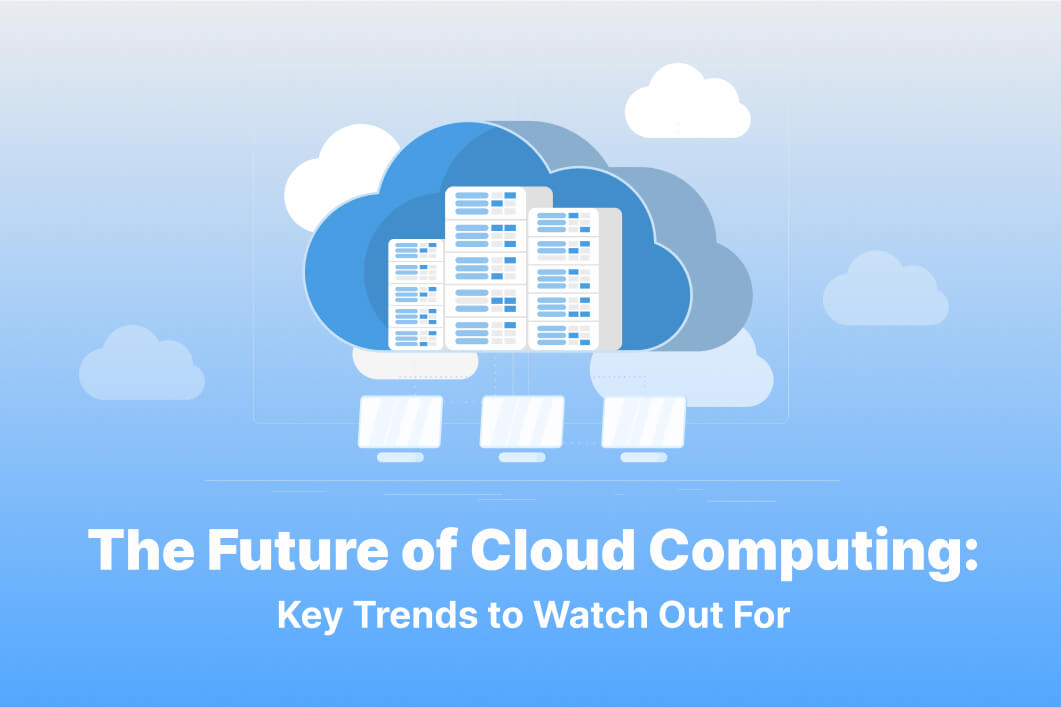Cloud computing has been one of the most disruptive technologies of the 21st century, transforming the way businesses operate, collaborate, and innovate. With the cloud market expected to reach $832 billion by 2025, it’s clear that cloud computing is here to stay. However, with the rapid pace of technological change, it’s essential to keep an eye on the emerging trends that are shaping the future of cloud computing. Here are some of the key trends to watch out for:
Multi-cloud adoption and management
Many organizations are embracing a multi-cloud approach, using multiple cloud platforms to meet their diverse needs for storage, compute, and applications. This trend is driven by the need for flexibility, redundancy, and cost optimization. However, managing multiple cloud platforms can be challenging, requiring specialized skills and tools. To address this challenge, organizations are adopting cloud management platforms and tools that provide unified visibility and control across multiple clouds.
Edge computing and the future of IoT
As the Internet of Things (IoT) continues to grow, edge computing is becoming an essential component of the cloud ecosystem. Edge computing refers to the processing and storage of data at the network edge, closer to the devices that generate it. This approach offers lower latency, improved data privacy, and reduced network traffic. As a result, more organizations are exploring the use of edge computing to support their IoT initiatives.
Artificial intelligence and machine learning in the cloud
Artificial intelligence (AI) and machine learning (ML) are rapidly evolving technologies that are driving innovation in the cloud. Cloud platforms are increasingly incorporating AI/ML capabilities, enabling organizations to develop intelligent applications and services that can learn and adapt over time. AI/ML is also being used to enhance cloud security, automate management tasks, and optimize resource allocation.
The role of 5G in cloud computing
The rollout of 5G networks is expected to have a significant impact on cloud computing, enabling new use cases and applications that require high-speed connectivity and low latency. 5G networks are expected to provide faster data transfer speeds, improved reliability, and enhanced security, making them ideal for applications such as autonomous vehicles, smart cities, and augmented reality.
The future of cloud pricing models and cost optimization strategies
Cloud pricing models are evolving, with more vendors offering flexible and customized pricing options based on usage, storage, and other factors. This trend is driven by the need for cost optimization, as organizations seek to balance their cloud usage with their budgetary constraints. To optimize cloud costs, organizations are adopting a range of strategies, such as cloud usage monitoring, right-sizing of resources, and workload optimization.
Conclusion
Cloud computing is evolving rapidly, driven by emerging technologies and changing customer needs. By keeping an eye on these key trends, organizations can stay ahead of the curve and leverage the power of the cloud to drive innovation and growth. Whether you’re exploring a multi-cloud strategy, adopting edge computing, or leveraging AI/ML capabilities, it’s essential to work with a trusted cloud provider like Netrouting that can help you navigate the complex cloud landscape and achieve your business objectives.






